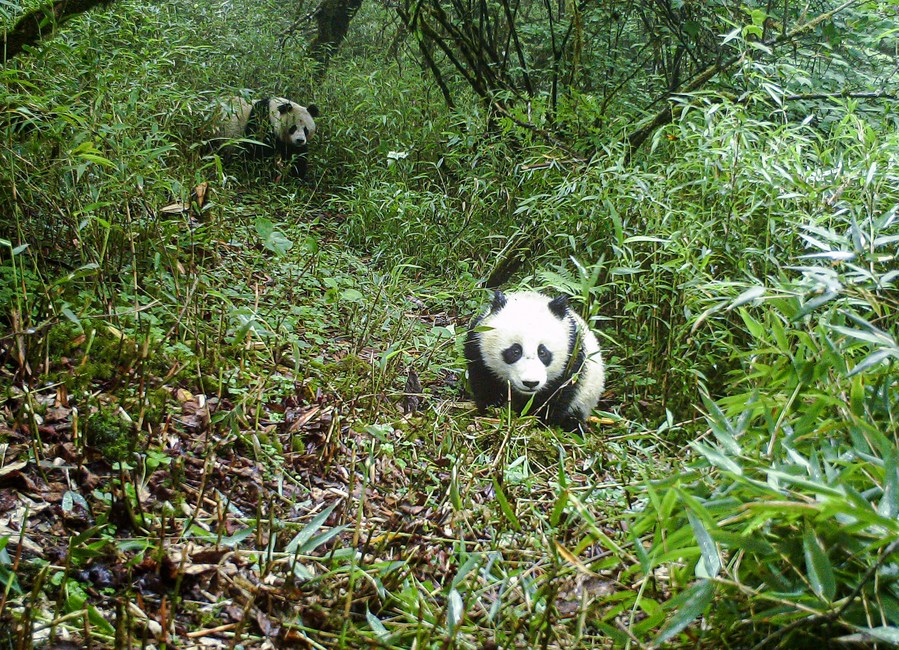
Photo taken in June 2020 shows a wild giant panda mother and its cub at the Fengtongzhai National Nature Reserve in Baoxing County, southwest China's Sichuan Province. (Fengtongzhai National Nature Reserve/Handout via Xinhua)
Beijing, March 17 (Xinhua) -- The number of rare and endangered wild animals in China has been on the rise thanks to the country's strengthened protection over the past five years.
From 2016 to 2020, more than 300 rare and endangered wild animals have attained stable growth through artificial breeding, according to the National Forestry and Grassland Administration.
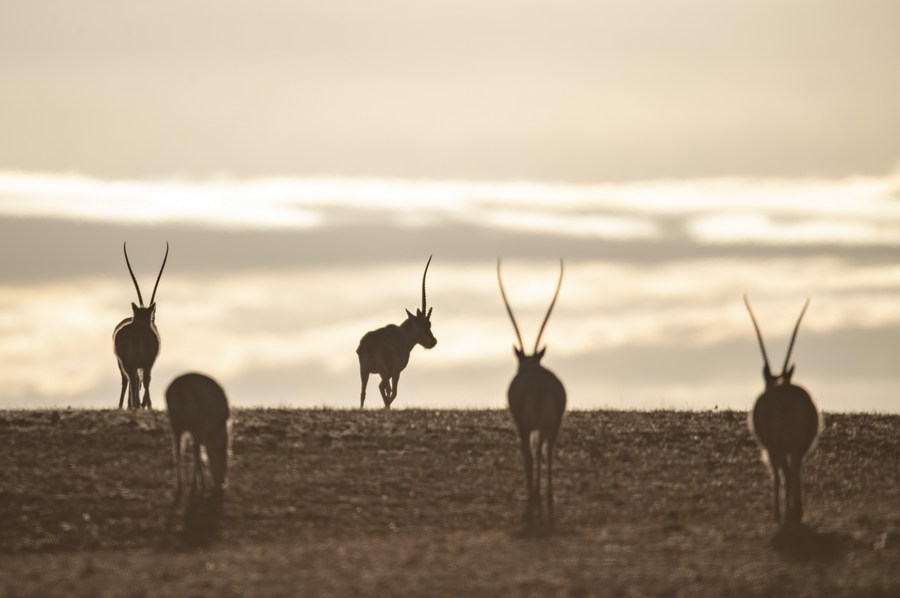
Photo taken on Jan. 31, 2019 shows Tibetan antelopes in Shuanghu County, southwest China's Tibet Autonomous Region. (Xinhua/Purbu Zhaxi)
The number of wild giant pandas rose to 1,864 during the period, while the populations of Asian elephants and Tibetan antelopes increased to 300 and over 300,000, respectively. Wild horses and elk, which once disappeared in the country, re-established their wild populations.
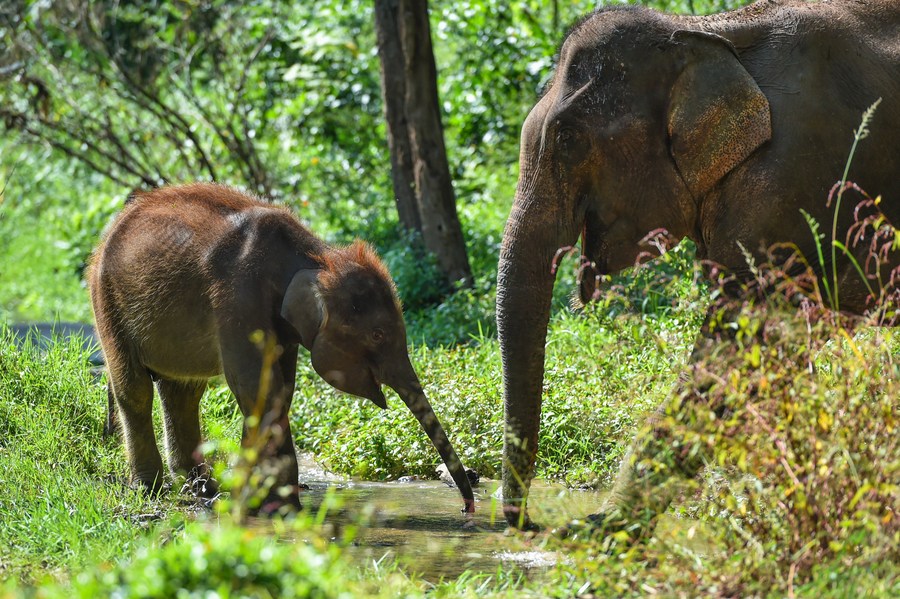
Two Asian elephants drink water in a jungle near the Asian Elephant Breeding and Rescue Center in Xishuangbanna National Nature Reserve, southwest China's Yunnan Province, Nov. 13, 2019. (Xinhua/Li Mangmang)
After years of intensive restoration efforts in the Qilian Mountains National Park, the populations of snow leopards, Tibetan wild donkeys, white-lipped deer and alpine musk deer have been expanding as the quality of their habitats were significantly improved.
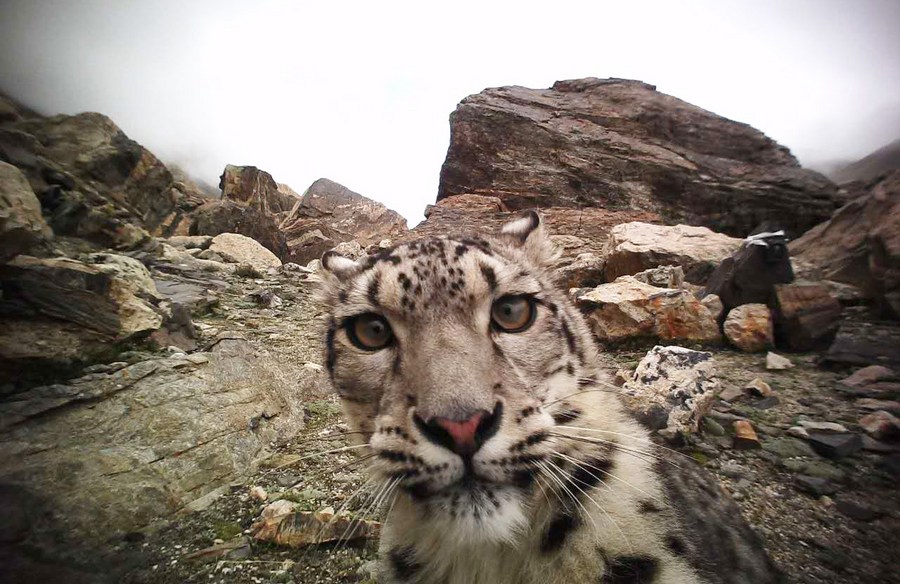
A snow leopard is seen in an undated infrared photo taken in Mount Qomolangma National Nature Reserve in southwest China's Tibet Autonomous Region. (Xinhua)
In February this year, China announced its first major revision in 32 years of its list of endangered wild animals as a further step toward wildlife conservation and increasing biodiversity.
Based on changes in wildlife resources and the latest research results, China added another 517 species and classes of animals to the list of state-protected wildlife. The new list now includes 980 species and eight categories of wild animals, said a statement jointly released by the National Forestry and Grassland Administration and the Ministry of Agriculture and Rural Affairs.
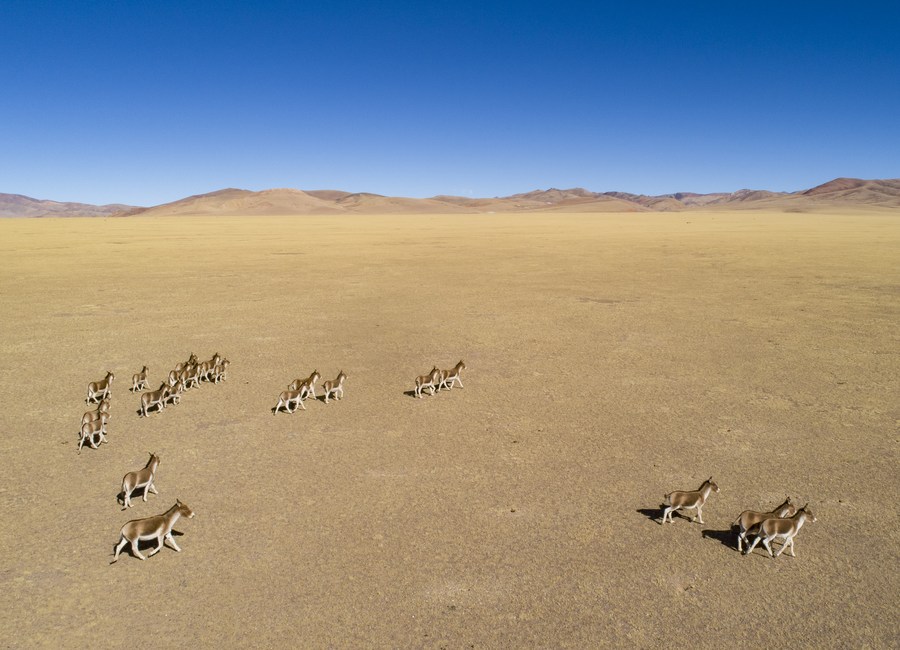
Aerial photo taken on Dec. 23, 2019 shows a group of Tibetan wild donkeys running in Nagqu, southwest China's Tibet Autonomous Region. (Xinhua/Sun Fei)
Under its two-tier protection system for wildlife under state protection, the country will elevate the conservation of 65 types of wild animals to the highest level, the statement said.
The move indicates that these endangered species, such as jackal and the Yangtze finless porpoise, will be under the strictest level-one protection.
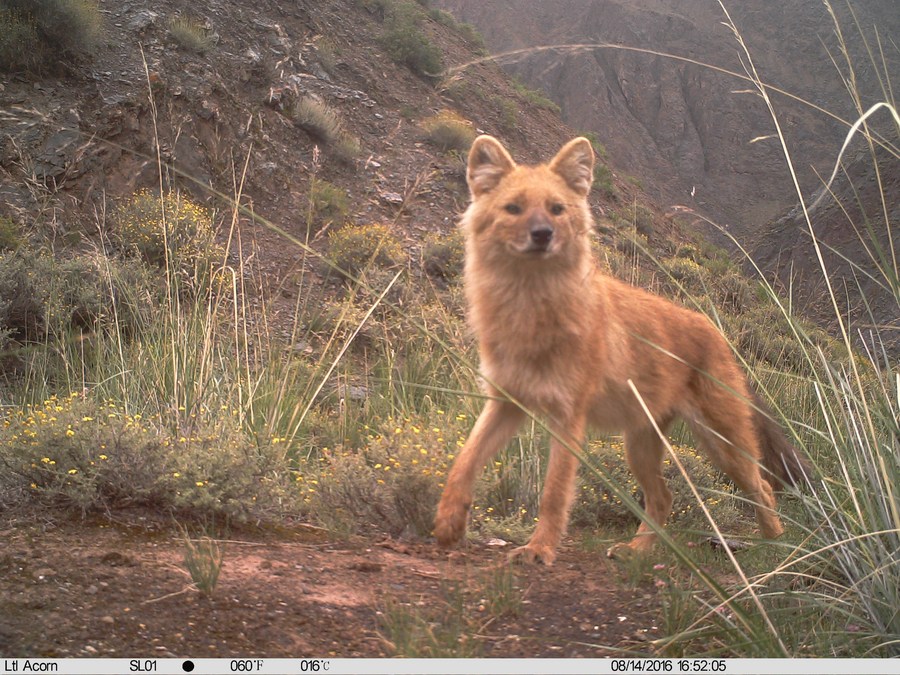
Photo taken on Aug. 14, 2016 by an infrared camera shows a jackal in Tianjun County of Haixi Mongolian-Tibetan Autonomous Prefecture, northwest China's Qinghai Province. (Xinhua)
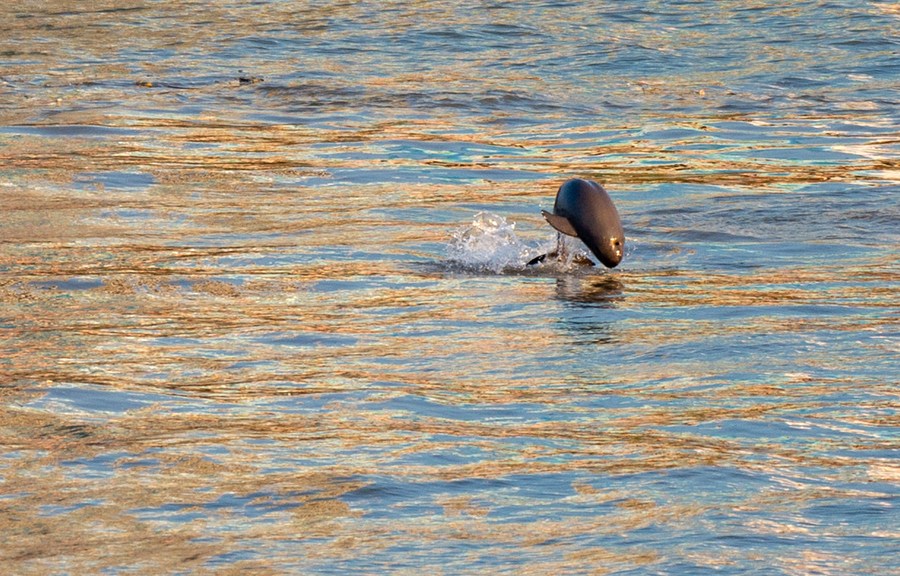
A finless porpoise is seen in the Yangtze River in Yichang, central China's Hubei Province, Aug. 3, 2020. (Photo by Lei Yong/Xinhua)
China will also reduce the protection level for three species of wild animals due to their stable populations and relatively wide distribution.
With the revision as guidance, the country will impose stricter measures on wildlife conservation. It will urge local governments to protect the habitats where listed endangered animals live, the statement said.
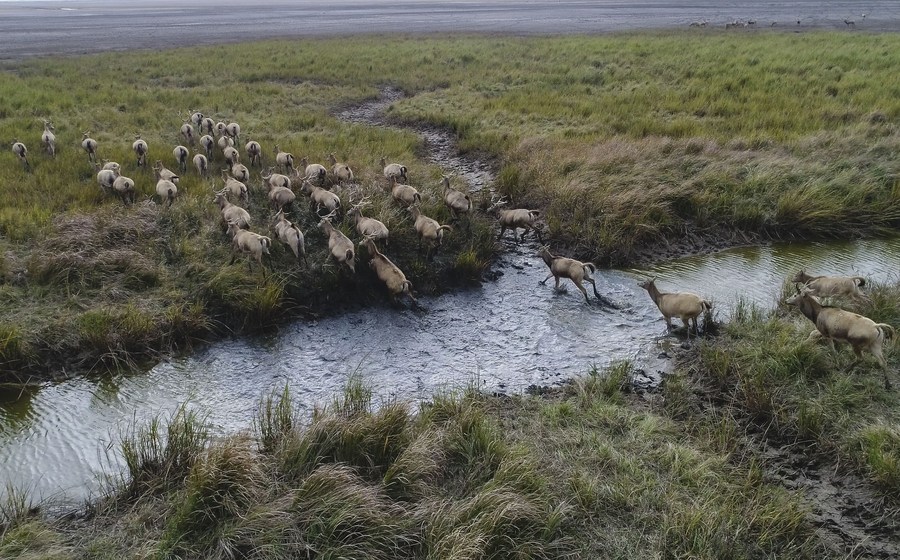
Aerial photo shows elks living in the Dafeng Milu National Nature Reserve in the city of Yancheng, east China's Jiangsu Province, Nov. 14, 2017. (Xinhua/Ji Chunpeng)
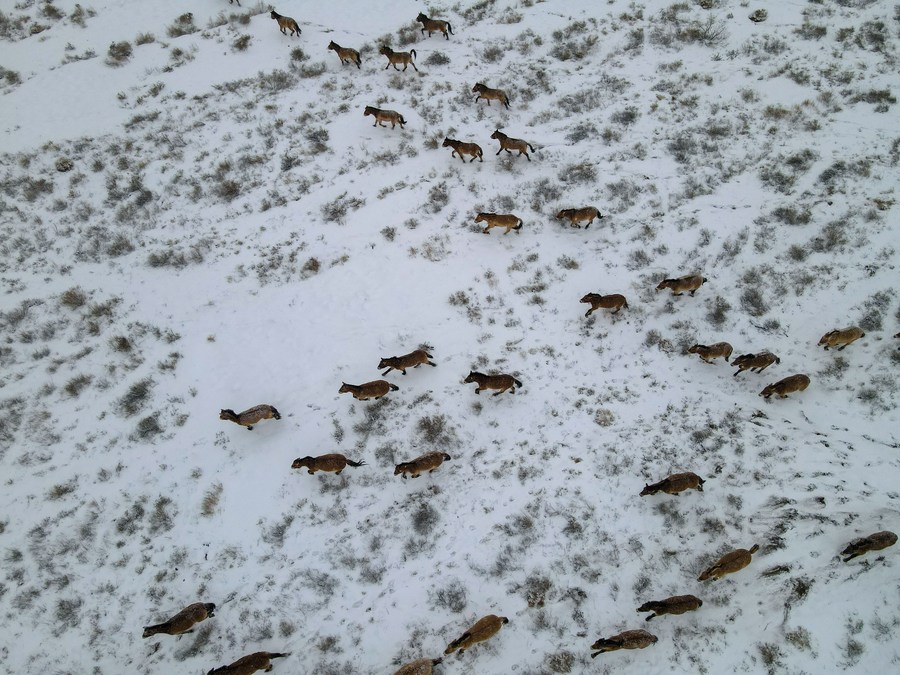
Przewalski's horses are seen in snow in this drone photo taken in Jimsar County, northwest China's Xinjiang Uygur Autonomous Region, Jan. 23, 2021. (Xinhua/Gao Han)
China will also toughen crackdowns on illegal wildlife trade and the consumption of wild animals, it added.
Having learned lessons from its past that economic growth should not come at the cost of the environment and ecology, the country is unfolding a landscape where "lucid waters and lush mountains are invaluable assets."
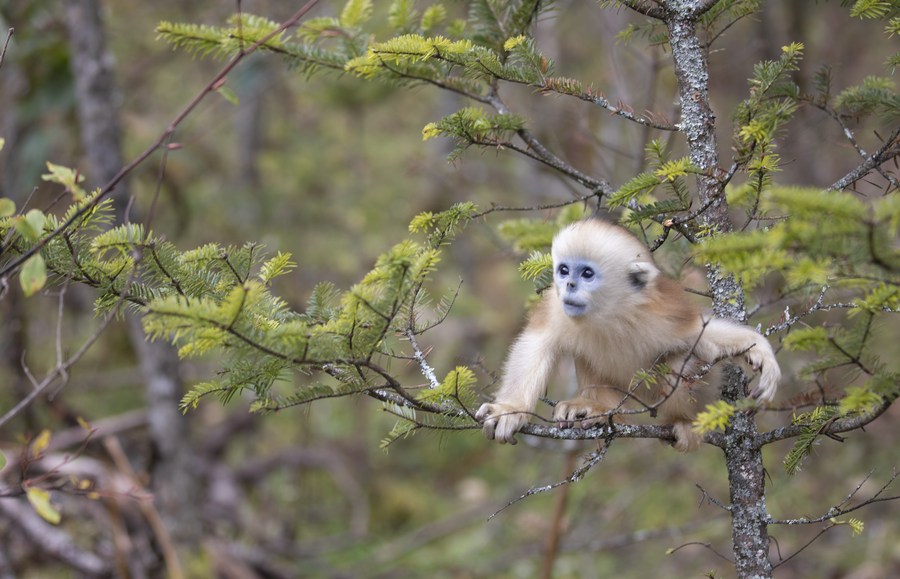
Photo taken on Oct. 11, 2020 shows a golden monkey at Dalongtan Golden Monkey Research Center in Shennongjia National Park of central China's Hubei Province. (Xinhua/Wang Siban)
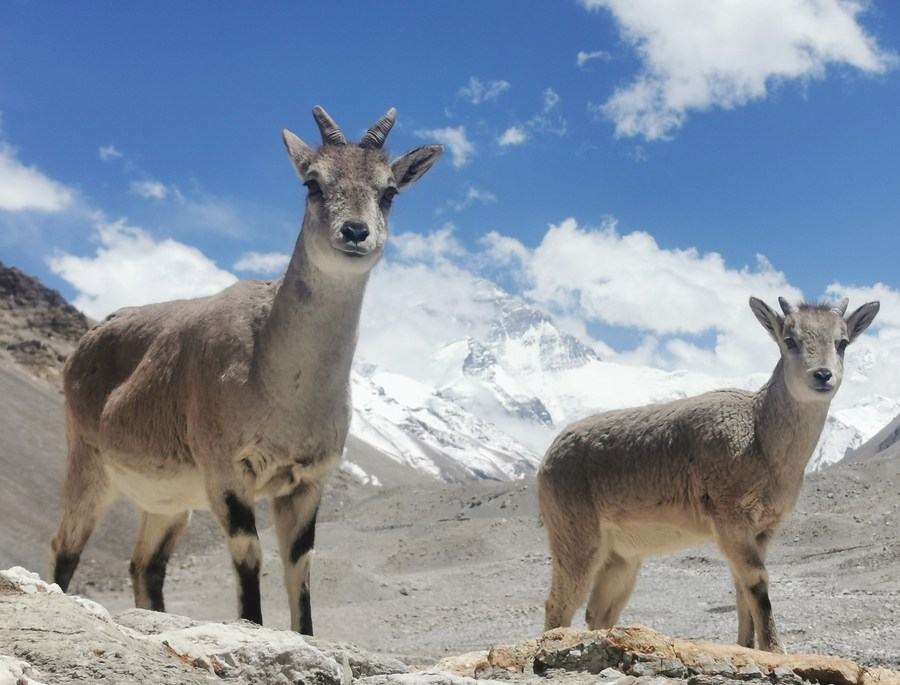
Photo taken on May 14, 2020 shows blue sheep near the Mount Qomolangma base camp in southwest China's Tibet Autonomous Region. (Xinhua/Purbu Zhaxi)■




